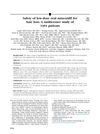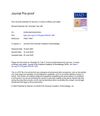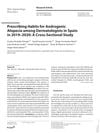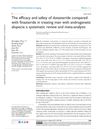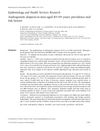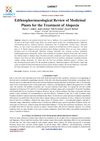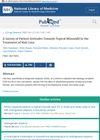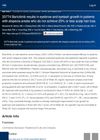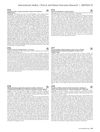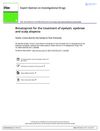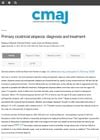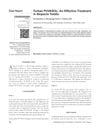Australian Dermatologists' Prescribing Behaviours for Male Androgenetic Alopecia
June 2023
in “
Australasian Journal of Dermatology
”
TLDR Australian dermatologists are updating their prescriptions for male pattern baldness.
The study investigates the prescribing behaviors of Australian dermatologists for male androgenetic alopecia (AGA), a common condition with significant psychological effects. Despite the high prevalence of AGA, treatment options have been limited. The research highlights current trends in prescriptions, although specific data on the number of dermatologists surveyed or detailed findings are not provided in the summary. The study is relevant given the psychological impact of AGA and the evolving treatment landscape. Professor Rodney Sinclair, one of the authors, has a conflict of interest due to his patents related to hair loss treatments.

